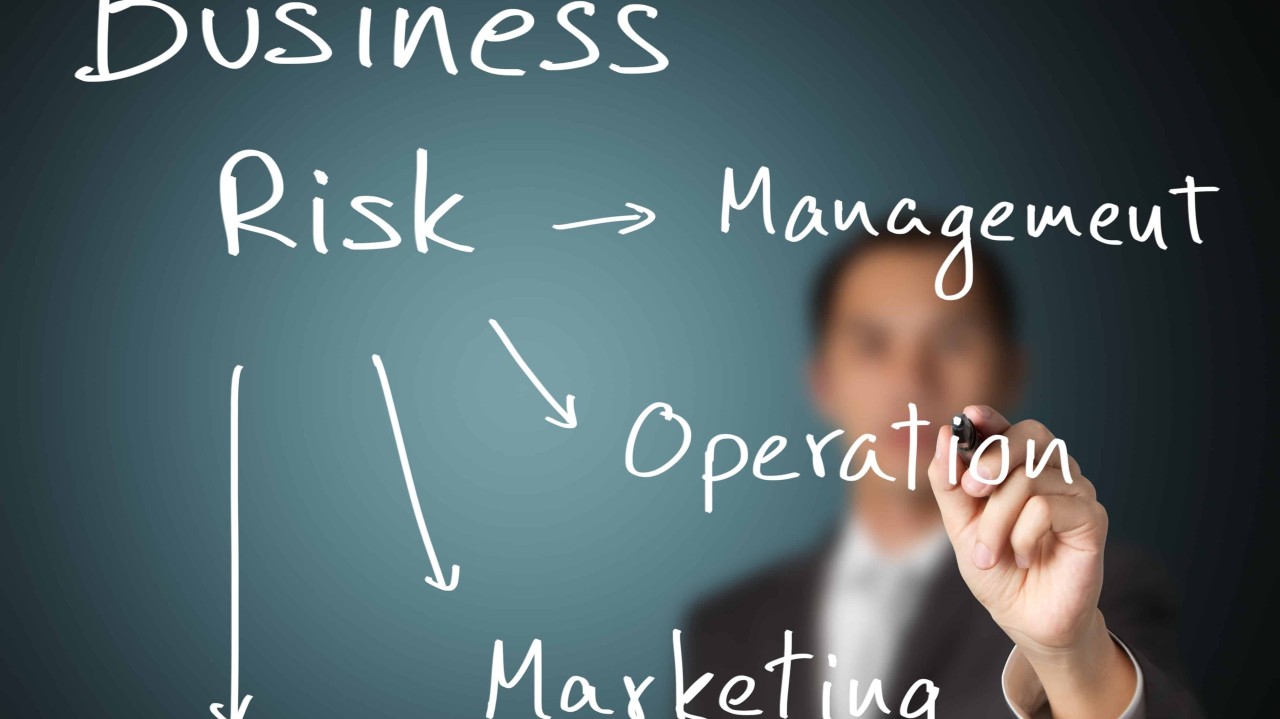Relationship between Organizational Risk & Knowledge Management
The significance of intellectual capital continues to grow worldwide. As the business world gets increasingly competitive, the greatest way to remain ahead of the competition is to structure the organization with smart, adaptable approach. Organizations must be able to anticipate challenges and be prepared to respond rapidly when problems arise, to ensure relevance and sustenance.
According to the author of ‘Pursuit of Wow!,’ Om Peters, today’s market success is directly proportional to an organization’s ability to bring information to bear, how quickly it can bring knowledge to bear, and the rate at which it collects knowledge.
Knowledge Management
Knowledge management (KM) is the deliberate act of acquiring, defining, recording, organizing, retaining, and sharing knowledge, and expertise. In organizations, the basic purpose of knowledge management is to link workers who are seeking information and knowledge with those who have it. It promotes organizational innovation, provides consumers exceptional access to quality standards, and reduces staff turnover. Knowledge management is critical to an organization’s decision-making process and productivity.
Organizations create enormous knowledge resources as they grow, expand into new sectors, and define their business strategy. This information is valuable to the organization. New hires benefit from this historical information, and it is useful keep business operations running smoothly.
To reach the purpose of knowledge management, organizations must support and encourage a culture of continuous learning and growth, fostering an atmosphere where members are motivated to share information and knowledge to improve the collective workforce.
However, managing knowledge also brings risks and issues that must be checked to ensure organizational efficiency.
Organizational Knowledge Risks
Until recently, knowledge was regarded as a valuable resource that organizations must manage to maximize returns. The evolution of the knowledge management discipline has been toward KM techniques, processes, activities, and other possible tools, and metrics to assist businesses in accomplishing this goal. As a result, companies have primarily focused on acquiring and using the necessary information.
However, in the face of rapidly developing Knowledge Risk, this approach appears to be insufficient. Organizations must evaluate their strategies for Knowledge Management to account for possible Knowledge Risk.
Knowledge management risk arises in the processes of knowledge acquisition, integration, and sharing, as well as in knowledge generation and application. It has the potential to cause business loss. The likelihood of any loss coming from the discovery, storage, or preservation of information may reduce a company’s operational or strategic advantage.
Types of Knowledge Risks
Human Knowledge Risks
● Knowledge hiding – is an intentional endeavor to conceal or hide knowledge demanded by another person.
● Knowledge hoarding – is the act of amassing information that may or may not be shared eventually.
● Unlearning – is a sort of purposeful forgetting that is a conscious process of giving up and abandoning knowledge, values, and/or practices that are considered obsolete in an organization.
● Forgetting – this might be inadvertent, due to poor memory, or purposeful.
● Organizational members’ missing/inadequate competencies – refers to organizational members who lack the essential training, experience, skills, or abilities to accomplish the responsibilities entrusted to them.
Technological Risks
● Cybercrime risks – are associated with the hazards of harmful software harming or locking computer systems in companies; a subset of cybercrime risks is the risk of hacker assaults.
● Risks associated with old technology – outdated software can result in software incompatibility and an increased price and a long recovery period if faults occur; old software can have potential risks.
● Digitalization hazards – expanding the use of algorithms has the potential to be dangerous since these algorithms can be structured to provide misinformation and or untrustworthy information.
● Risks associated with social media – While social media has great benefits for businesses, it has the potential to have un/intended or undesirable consequences, such as the propagation of misleading information or the presence of fake online profiles that are used to attack or denigrate an organization’s reputation.
Operational Risks
Knowledge waste – is the ineffective utilization of accessible and potentially beneficial knowledge within an organization.
Risks associated with knowledge gaps – a gap between what a business must know and what it really knows, which may impede the firm’s ability to accomplish its objectives.
Relational risks – are the possibility and consequences of partners’ poor collaboration and/or opportunistic conduct; it also includes the risk of information sharing, which may result in the partner’s development at the price of the firm’s own competitive position.
Risk of employing outdated/untrustworthy knowledge – If a corporation does not maintain up-to-date information and knowledge, there is a risk that employees may use incorrect knowledge in its operations.
Risk of incorrect knowledge application – the risk of incorrect knowledge application or misunderstanding of knowledge.
Industrial espionage – this relates not just to information loss but also to the erosion of open culture, which is founded on knowledge interchange and trust.
Continuity concerns – concerns about an organization’s capacity to preserve its basic competencies across time, as well as its ability to operate and thrive at consistent levels as individuals come and depart.
Approaches and Tools to Manage Risks
The variety of possible knowledge hazards that might arise in businesses need a set of tools and procedures to detect, avoid, or manage them. Knowledge maps, for example, pinpoint essential knowledge in companies and offer advice on how to find it.
Various alternatives are available to organizations
● Empower and inspire workers to share their expertise rather than steal it.
● Transfer and store critical information in secure document management systems and databases
● Use information governance structure with multiple degrees of knowledge access -need to know basis
● Share critical knowledge with those who need to know -within and outside the organization.
● Maintain ongoing data and database backups.
Reference
Durst, S., & Zieba, M. (2018). Mapping knowledge risks: towards a better understanding of knowledge management. Knowledge Management Research & Practice, 1-13

